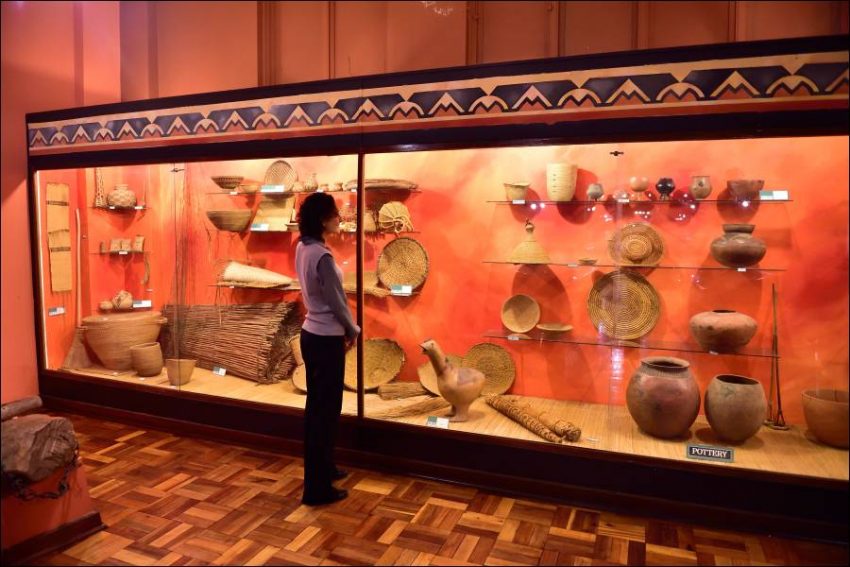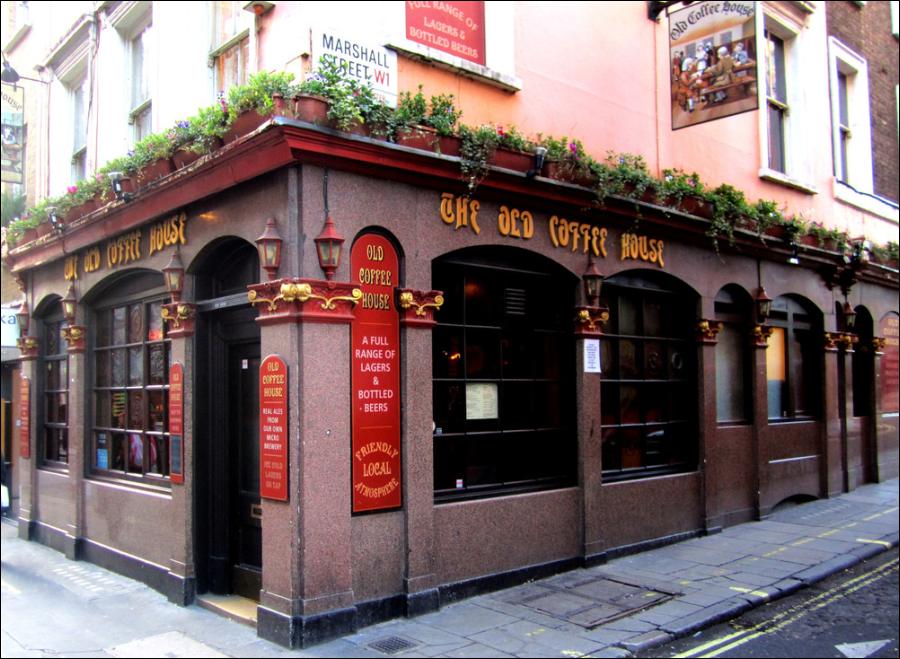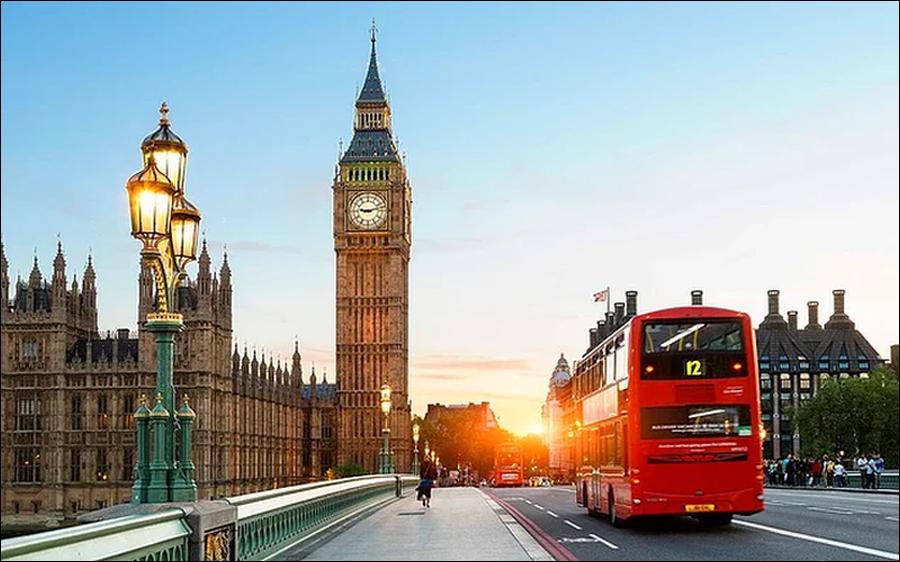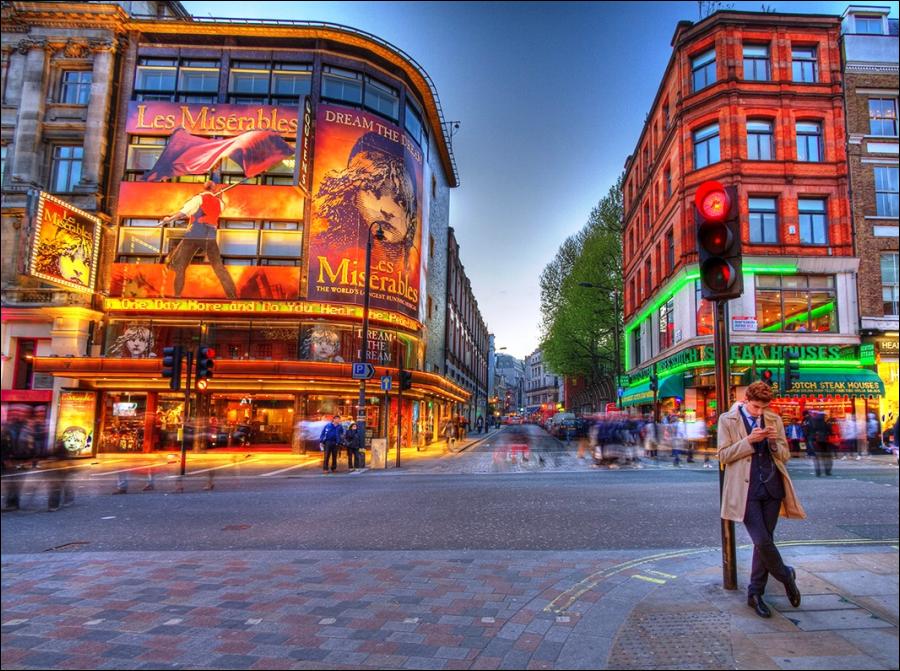Residents of East London tend to mention their museum and the coelacanth in one breath, and with good reason. Established in 1921 and considered to be one of the most interesting natural and cultural history museums in the country, the East London Museum features a number of fine exhibits, including an extensive collection of beadwork relating to the Xhosa-speaking people.
Category: London Guide
London Pubs: They are everywhere and not expensive
One other meal-time subject requires special attention, because it involves the most popular lunch-time restaurant of the average Englishman-the pubs. Nearly every pub in London serves either hot or cold food at lunchtime, some of them elaborately, others by merely placing a serving bowl containing a single food item-hot macaroni and cheese, for instance-onto the bar.
007 James Bond: London’s great gift to popular culture
When the calendars showed October 5, 1962, two ‘names’ of British origin had declared that the world would never be the same after that date. But no one was aware. On October 5, 1962, the first Beatles single would be a great breaking point in the history of ‘Love Me Do’, and then would influence…
Notting Hill: Looking for a book and finding a man
The most romantic notion in “Notting Hill” is that a Hollywood star of Julia Roberts’s wattage would be out alone browsing for a book. That’s what Ms. Roberts’s Anna Scott is doing when she notices that the store’s bashful proprietor is actually the most camera-ready sight on Portobello Road in London.
Along the strand in the heart of London
The city being taken as the heart of London, there are two main arteries by which its blood is put in circulation. One is Holborn, prolonged by Oxford Street and the Uxbridge Road, so as to make almost a straight line through the metropolis, continued eastward from Aldgate along the great Whitechapel highway, in all a distance of some ten miles for a bee that had spare time to measure it from Bow Bridge to Hammersmith.
West-End and most common place-names
Wise men, who are said to come from the East, may explain to us why the star of fashion, to which the rich and proud hitch their vehicles, tends to take its way westward. One of the most common place-names in England, indeed, is Sutton, but Weston is also frequent, whereas Nortons and Eastons are much rarer. So strong is the tug of the West, that this end of any city seems aptest to win a repute as its choicest quarter, its Champs Elysées, its Pera, out off by a social gulf from the Stamboul of business. Even at our holiday resorts, witness Brighton, Eastbourne, and Hastings, it is the western horn that tends to be exalted as more select.





